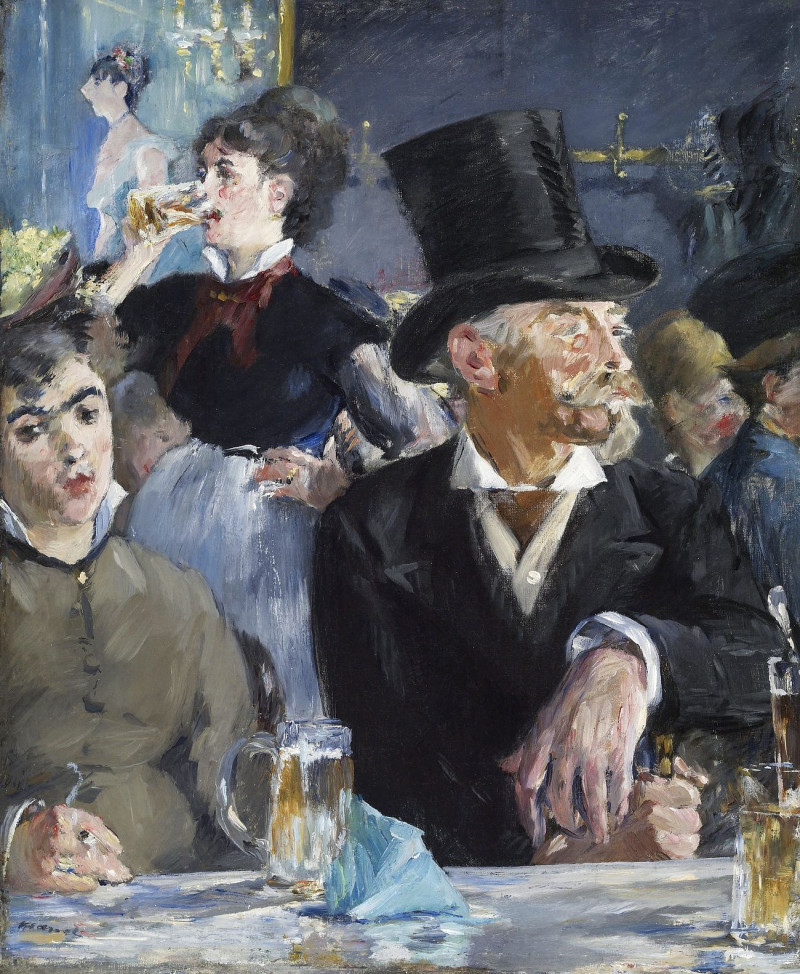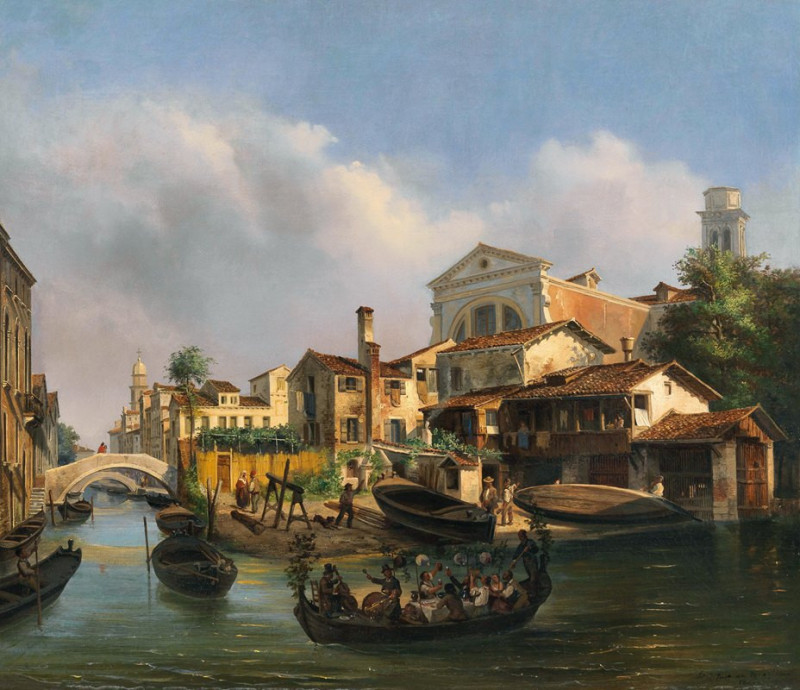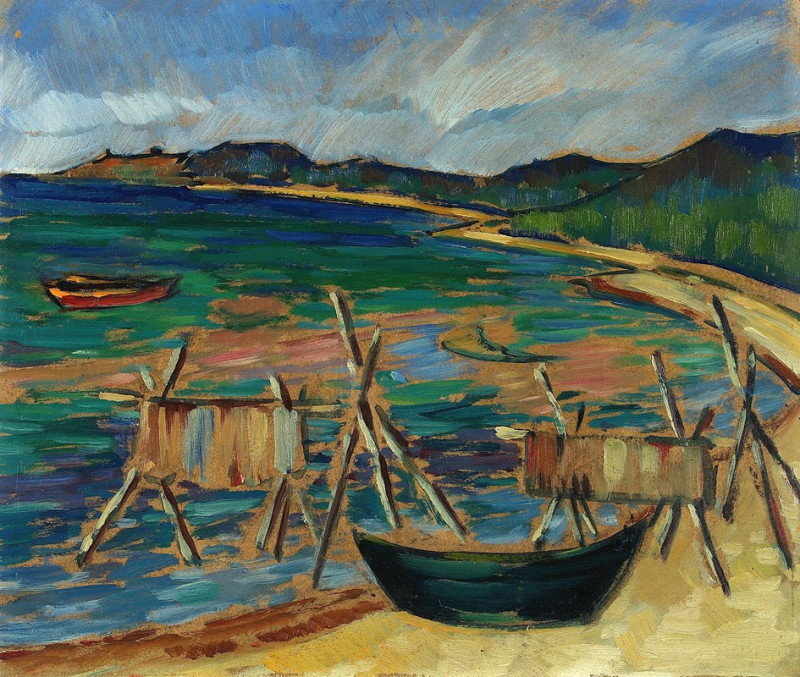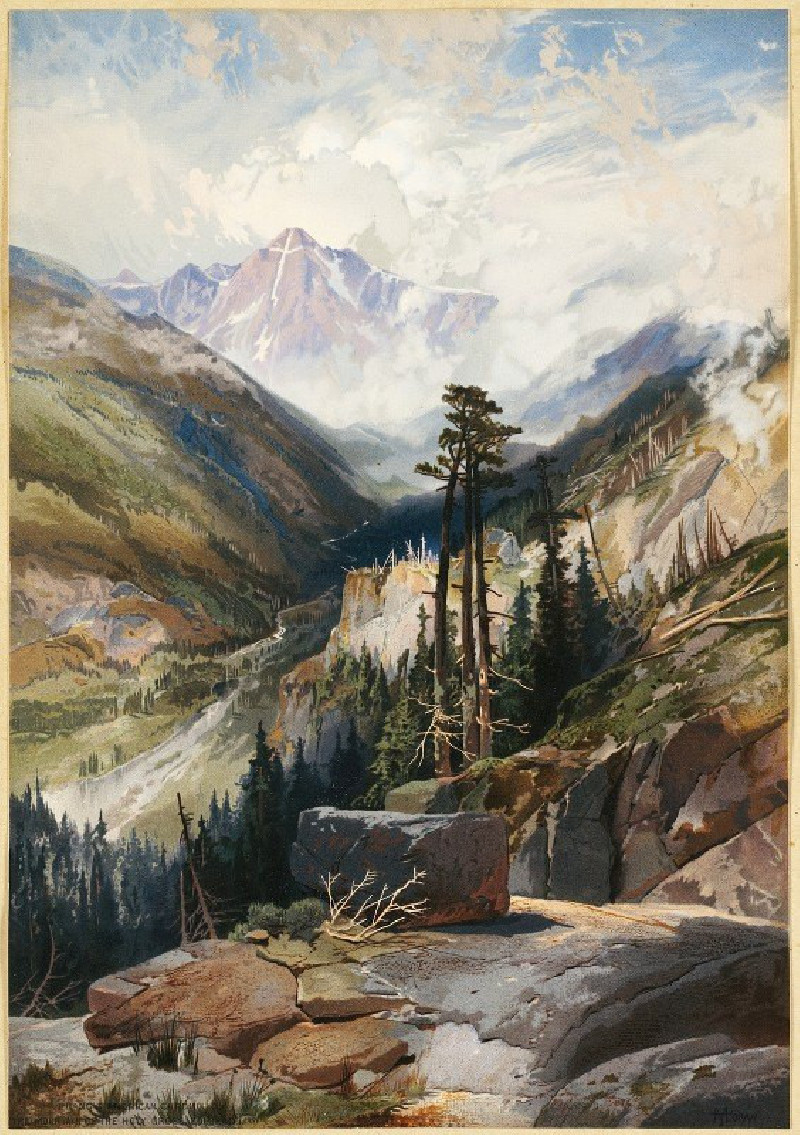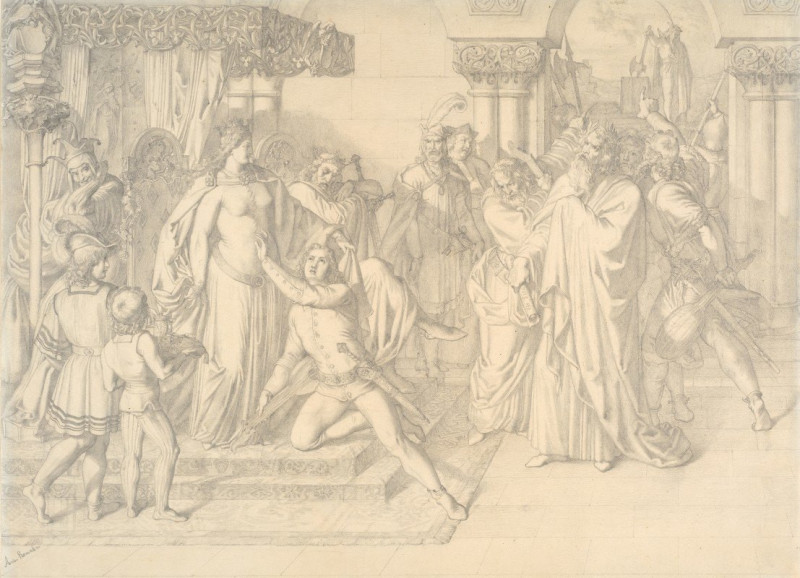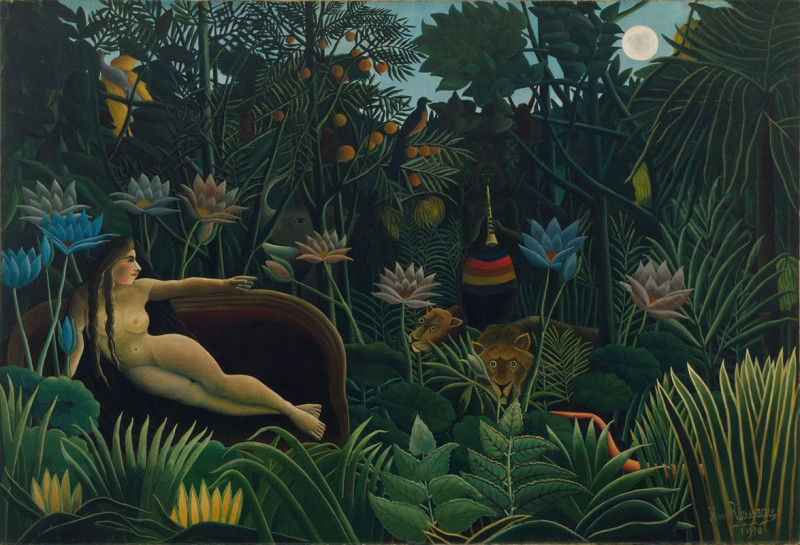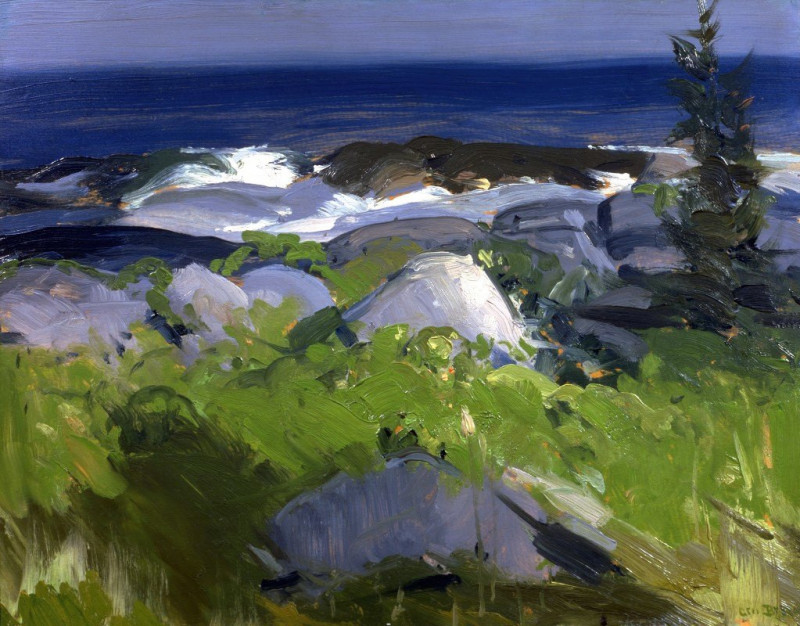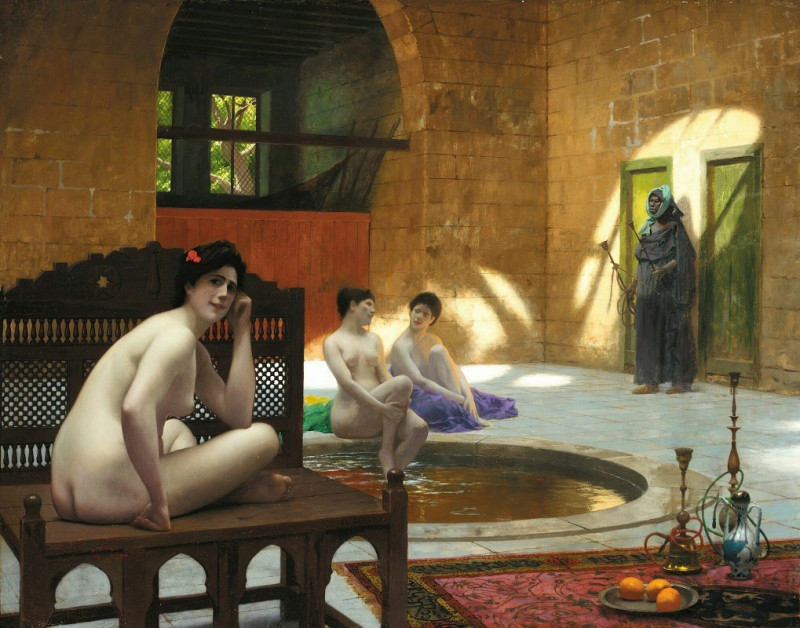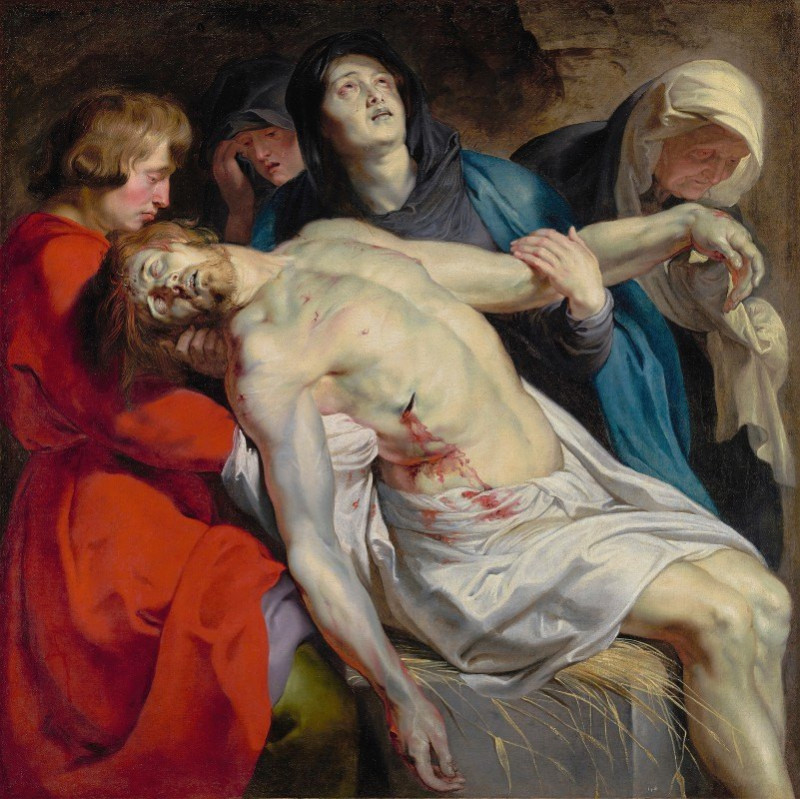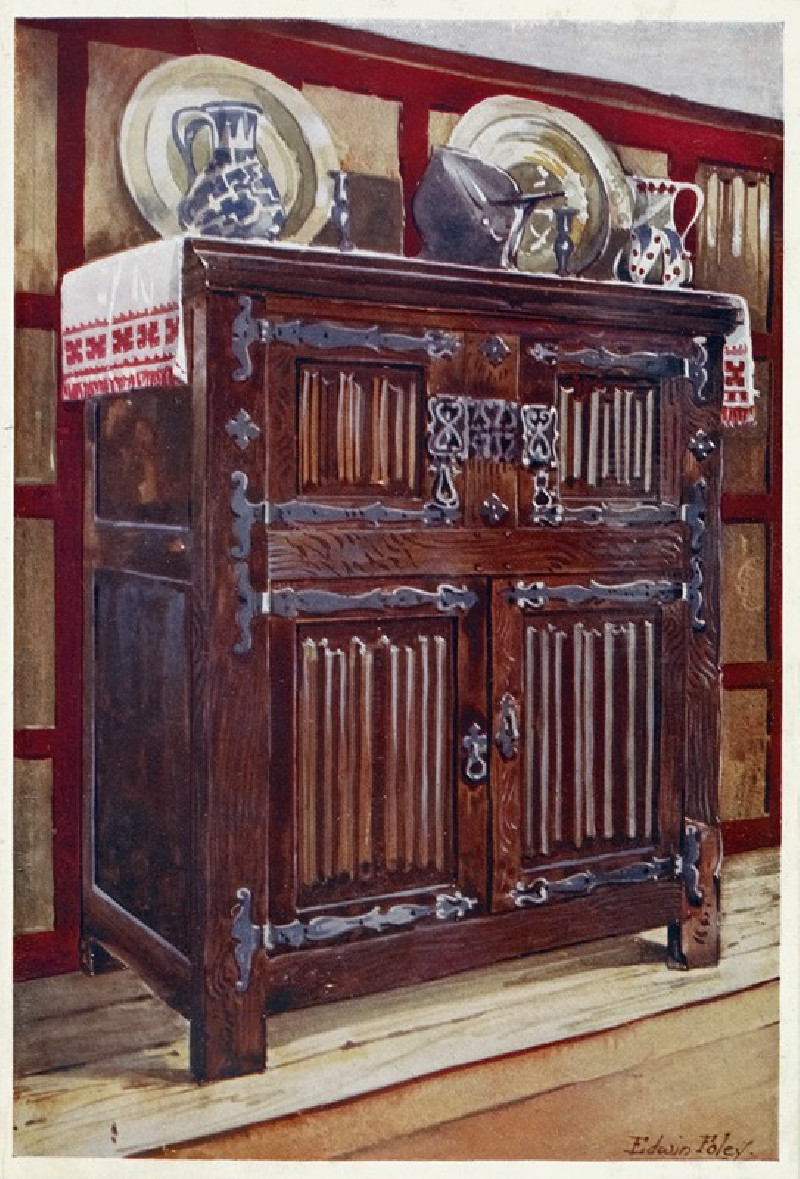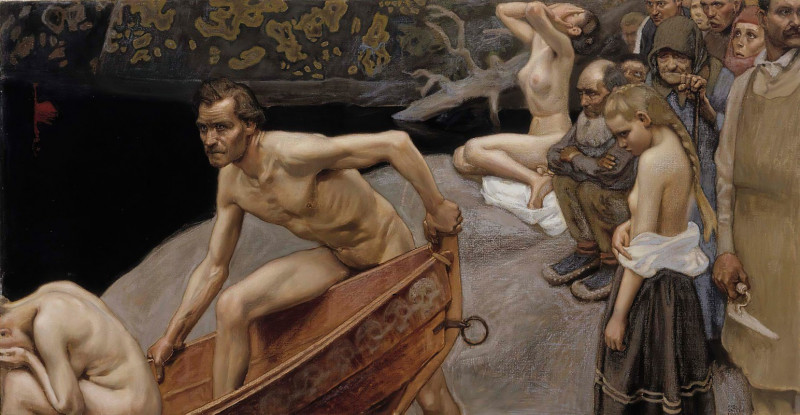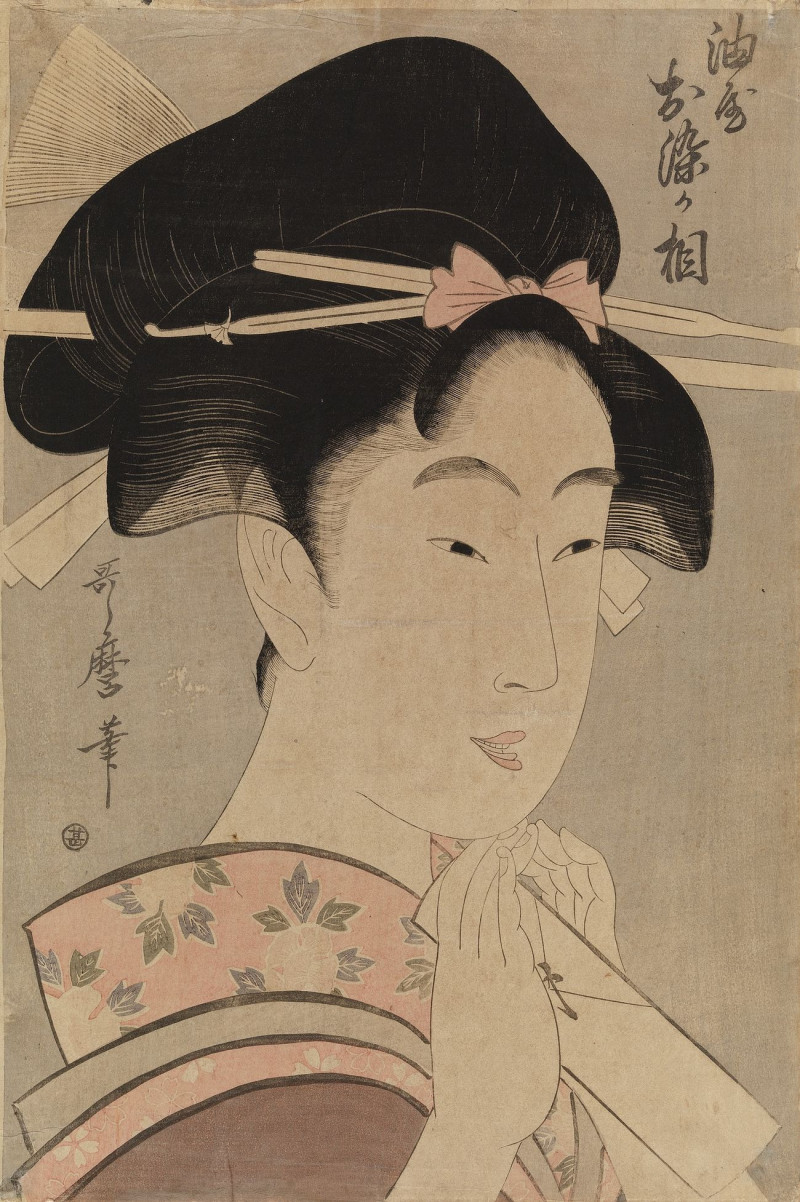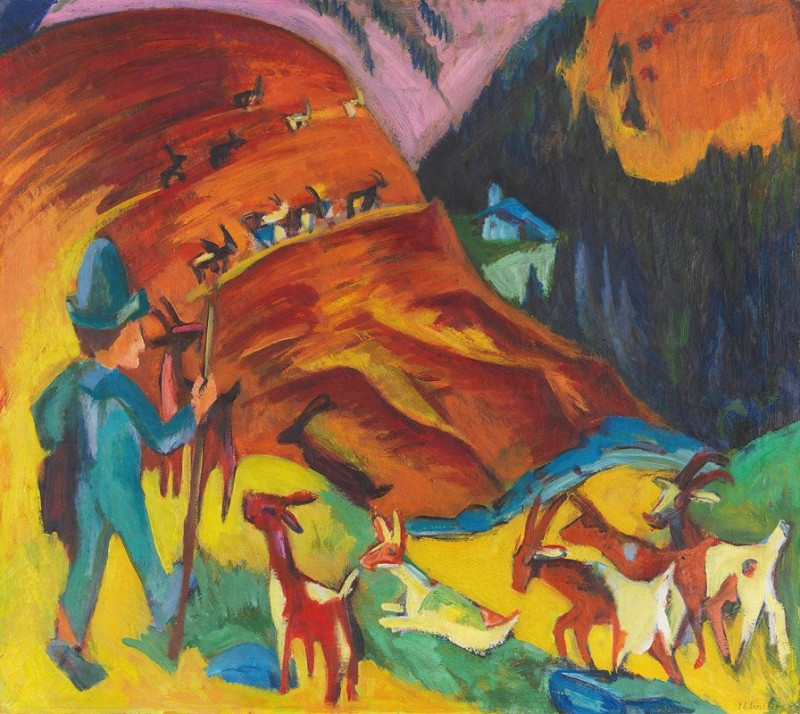The Café Concert
Technique: Giclée quality print
Recommended by our customers
More about this artwork
"The Café Concert" by Édouard Manet is a lively and expressive painting that captures a moment within a Parisian café-concert, a popular entertainment venue in the late 19th century. The painting, notable for its loose brushwork and vibrant atmosphere, portrays various patrons enjoying their evening.In the foreground, a man in an elegant black suit and top hat is depicted from the side, his face turned towards the viewer but his eyes gazing slightly away, giving him a detached, somewhat pensive expression. His presence anchors the composition, providing a sharp contrast to the more animated figures around him.Beside him, in the center of the painting, is a young woman in a black dress with a red tie and white collar, drinking from a beer glass. Her act of drinking is depicted with dynamic brush strokes, emphasizing the candid and unposed nature of the scene. The woman’s face is flushed, suggesting warmth and liveliness, which adds to the bustling ambience of the café setting.Behind these figures, another woman in a light blue dress with flowers in her hair seems absorbed in the entertainment, her face partially obscured, adding a sense of depth to the scene. The background is filled with other indistinct figures, further enhancing the crowded, lively atmosphere typical of a café-concert environment.The table in front of the patrons is scattered with beer glasses, reflecting the casual, indulgent setting.
Delivery
Returns
Édouard Manet (1832–1883) was a French modernist painter and one of the first 19th century artists to paint modern life. His impressionist style is characterized by relatively small and thin brushstrokes that create emphasis on light depiction. Manet was one of the key artists in the transition from realism to impressionism, along with Claude Monet, Edgar Degas, and Pierre-Auguste Renoir. However, he resisted involvement in any one specific style of painting, and only presented his work to the Salon of Paris instead of impressionist exhibitions. His early masterworks, The Luncheon on the Grass and Olympia, created great controversy and served as a rallying point for other young painters.

